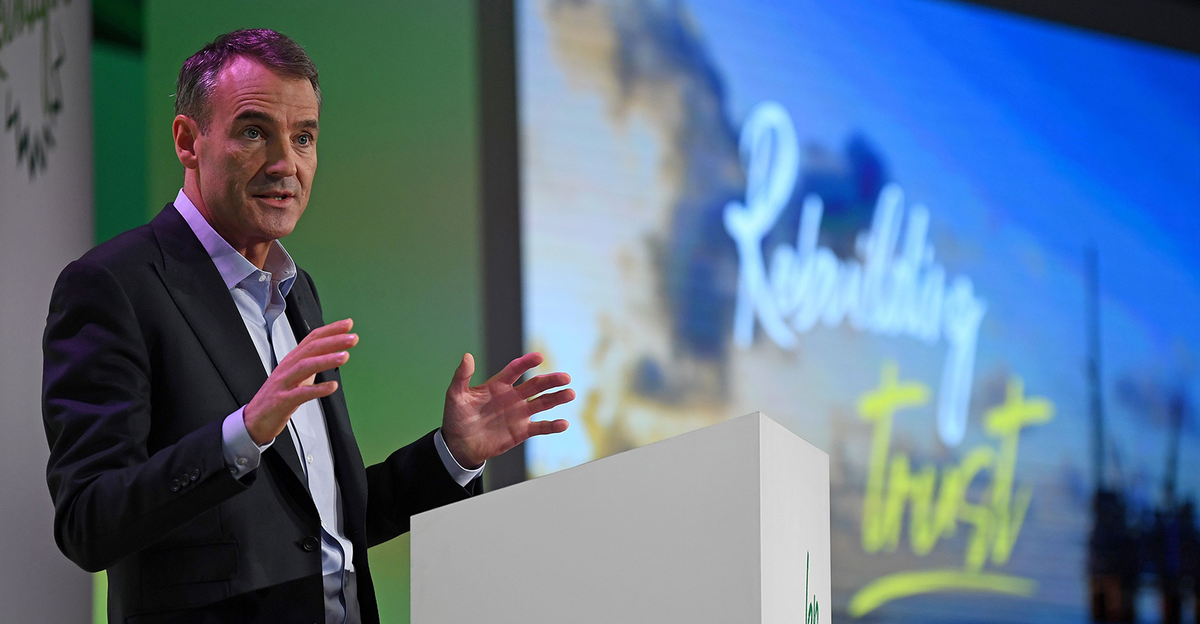
Cellulosic Ethanol vs Bio-diesel
Like many other countries worldwide, Indonesia has ambitious goals for reducing reliance on fossil fuels. With a population just shy of 300 million people, the results of reducing petroleum consumption would be substantial.
Leaders within the country have expressed interest and intent to reduce reliance on fossil fuels; last year, the country’s president Joko Widodo announced that they are dedicating 700,000 hectares of land to cultivating renewable-based sugar ethanol.
However, small farmers have not seen the benefit of this transition toward bio-diesel production. Large palm oil firms dominate the industry, leaving small farmers without much hope in a transition that will benefit them as much as the environment.
According to Tenny Kristiana of the International Council on Clean Transportation, cellulosic ethanol could be the key ingredient to facilitate a boon in the lives of small farmers and Indonesia as a whole in the long run.
What could be done?
Cellulosic bio-ethanol is a bio-fuel that could be incredibly useful for Indonesian farmers due to its nature in the supply chain. The ethanol is created using traditionally considered waste products, like palm husks, trunks, and empty fruit bunches. These leftovers are either left to rot in the fields or sold overseas to countries like Japan, using the byproducts to fuel their own bio-ethanol industry.
Small farmers would benefit from selling these raw materials to bio-ethanol companies in Indonesia under long-term contracts guaranteeing the benefits for a long time. Expanding this domestic industry would also create jobs in transportation, manufacturing, and plantation work.
Indonesia specifically has large potential in developing its cellulosic ethanol industry, with estimates ranging up to 2 million kiloliters from palm residues alone. This could be the major push that Indonesia needs to support its domestic supply chain and create long-term stability in the job market that they need.
Read also about myECO, An Electric Saving Startup Based in Indonesia.
Being Done Elsewhere Too
This push towards sustainable development in cellulosic ethanol production is not without precedent. Brazil has one of the most successful bio-ethanol programs in the world, making up 50% of all fuel consumption in the gasoline market by April 2008.
This push would also reduce reliance on trade with foreign countries, as the fuel supply would be provided domestically, leaving Indonesia less vulnerable to changes outside its borders.
As the industry expands, they could also expand the inputs in ethanol production. Sugar cane bagasse, corn stalks, rice stems, and others could be used to create bioethanol.
While the long-term goal for many countries is to decarbonize and get off of ICEs entirely, in other countries, the costs outweigh the benefits. In the short to medium term, domestic bioethanol production could be necessary to help small farmers and the Indonesian society at large to buy into the green transition.
Source Happy Eco News

